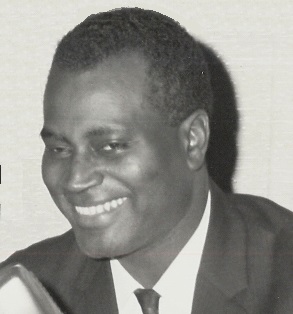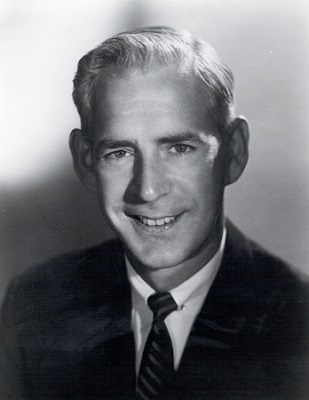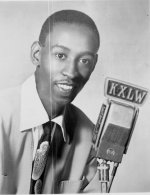Radio HOF
Robert BQ (Burris)
 Robert BQ (Burris)- Legacy
Robert BQ (Burris)- Legacy
Robert BQ (Burris) came to St. Louis from a radio job in Jacksonville, Florida, and stayed in the market for over 20 years.
He was the morning disc jockey at KATZ in 1964 when he was promoted to the job of program director. In that position he hired and supervised some of the station’s most popular personalities, gaining a national reputation for KATZ as a power in Black radio.
His radio career here began at the short-lived WBBR in East St. Louis, where he worked as an engineer. It was that talent that led him to his later innovations in multiple track audio recordings, which he used to record some of the area’s most popular R&B groups.
He was the owner of a record store in East St. Louis and, along with his wife Shirley, he promoted local R & B concerts.

